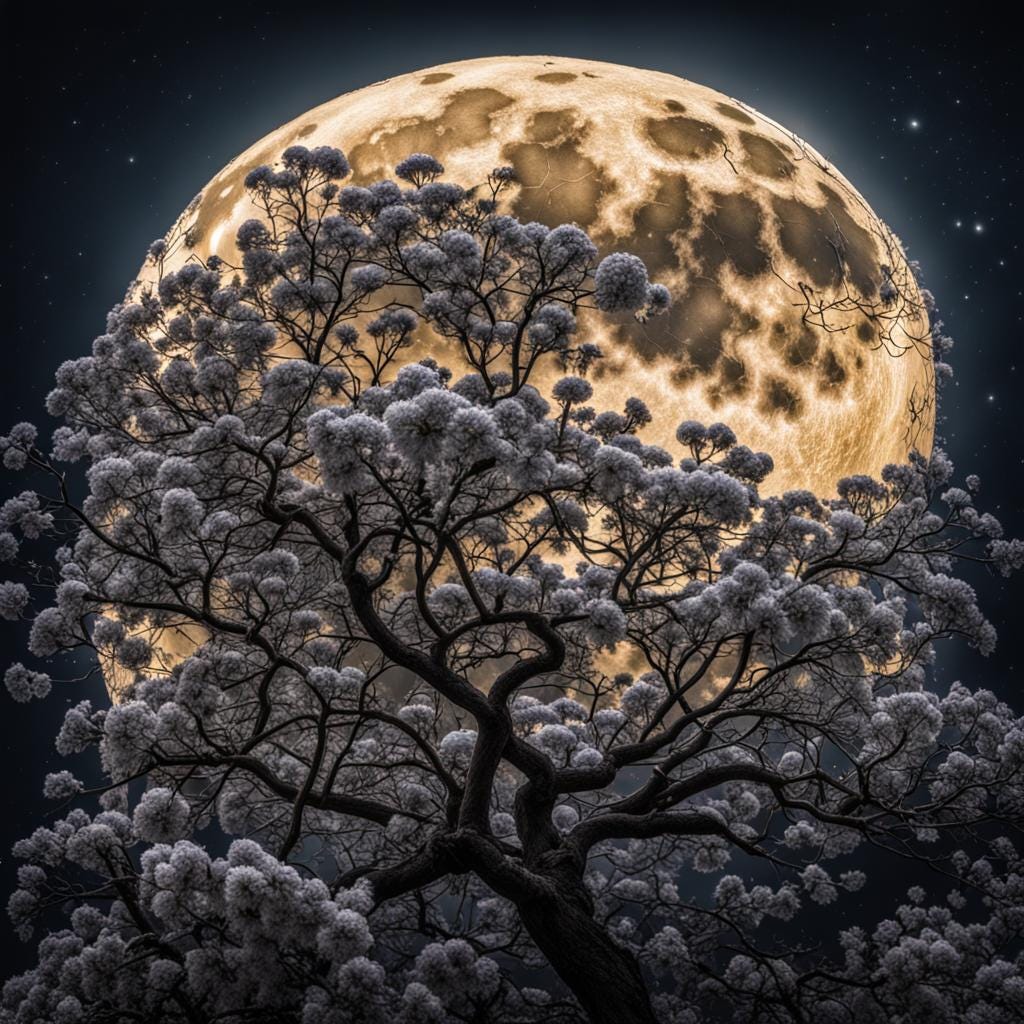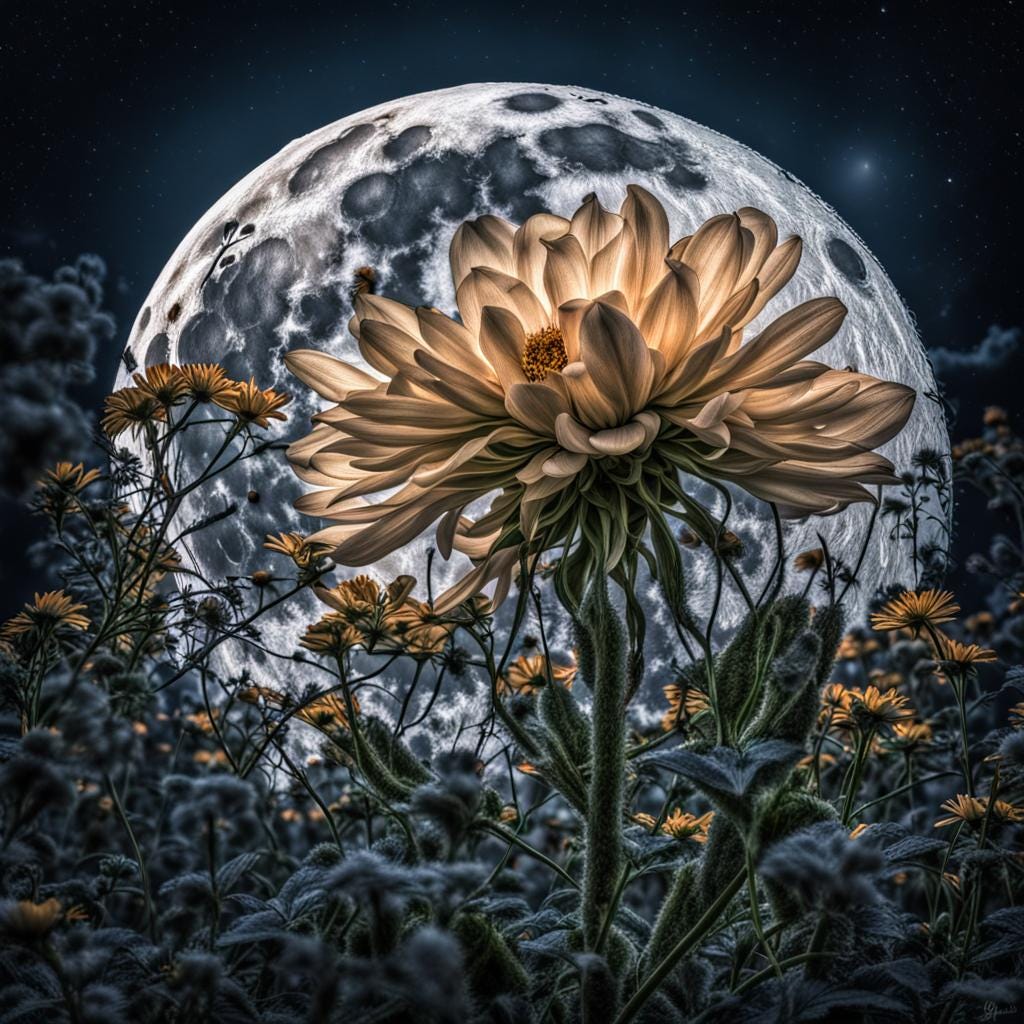5/23 LUNAR MADNESS RETURNS
The Full Flower Moon brings forth something interesting
Forward
Lunar Trading has always been something that fascinates me. If you follow me on X, you will know that as a wizard, I am obviously in tune with these sorts of things. So much of our universe is unknown, and often times, the deeper we dive, the stranger reality becomes.
First off, let me say I am a skeptical believer in this kind of stuff specifically astrology. I think a lot of what is spelled out in astrology is likely pure nonsense. However, I think it’s a little silly to dismiss fully the idea that large astronomical objects don’t affect creatures like us who are 60% water, while the earth which is covered 71% by water is known to have its tides affected by the moon’s phases.
There is something neurological ongoing, and I think the potential for a logical scientific answer can’t be disregarded.
I would classify the moon’s affect on us as a known unknown. There is some evidence of it, but our studies are far inadequate in quantifying and understanding the effect.
I asked google to summarize for me how the moon affects the oceans:
Q: Do different phases of the moon affect the ocean's tides differently?
A: Yes, the different phases of the moon do affect the ocean's tides differently. This variation is due to the combined gravitational pull of the moon and the sun, depending on their relative positions. Here's how it works:
Spring Tides (High Highs and Low Lows): These occur during full moons and new moons. In these phases, the Sun and Moon are aligned, either on the same side or opposite sides of Earth. Their gravitational pulls act together, amplifying the tidal bulge on both the near and far sides of Earth. This results in:
Higher high tides than usual.
Lower low tides than usual.
Neap Tides (Lower Highs and Higher Lows): These occur during the first quarter moon and third quarter moon phases. Here, the Sun and Moon are at right angles to each other. Their gravitational pulls partially oppose each other, weakening the tidal bulge. This leads to:
Lower high tides than usual.
Higher low tides than usual.
Here's an analogy to visualize the effect:
Imagine a tug-of-war between the Moon and the Sun (acting on the water).
In spring tides, they pull in the same direction (stronger pull), resulting in a bigger bulge (higher high tide) on both sides of the Earth.
In neap tides, they pull in perpendicular directions (weaker pull), resulting in a smaller bulge (lower high tide) on both sides.
The Earth's rotation and local geography also play a role in the timing and height of tides in specific locations, but the relative positions of the Sun and Moon have the most significant influence on the overall difference between spring and neap tides.
So perhaps at different times of the year, we are more susceptible to the gravitational affects of the moon’s phases. Particularly during both new and full moons.
I don’t purely trade by moon phases, but I always keep them on my mind, because if a psychological affect is occurring on a mass group of people, I want to be aware of that catalyst.
At the very least, let’s have some fun just exploring a topic that should scratch your curiosity.
The Full Flower Moon
The Full Flower Moon in May 2024 (which occurred on May 23rd) would have likely caused spring tides.




